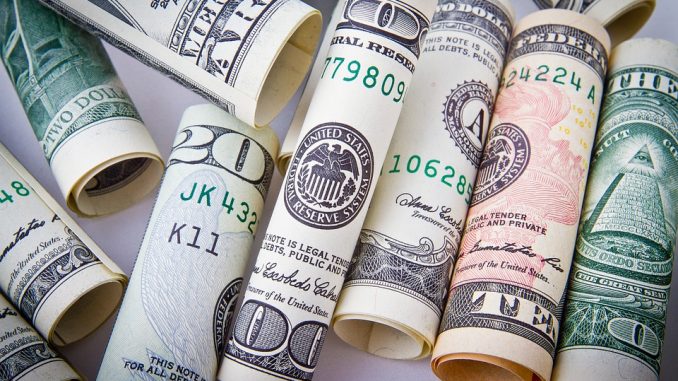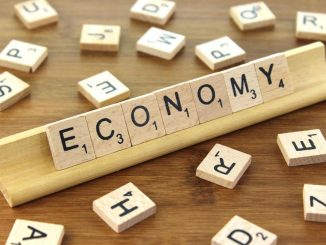
The US Dollar has stopped its 5 day losing streak as the EUR started to decline on Thursday’s trading session. The greenback is facing uncertainty and tensions in the political situation, in addition to the new tariff crisis between the United States and China and finally the minutes of the Federal Reserve’s monetary policy meeting, which pointed to the raising of interest rates in September.
At a time when markets were expecting Fed records to go higher, analysts said that traders and USD bulls were looking for an excuse to build the dollar again after losing more than 2% from a 14-month high in the longest losing streak of this year. This comes at a time when the trade crisis between the United States and China has been going on for months, followed by both countries imposing 25% tariffs on imports of both countries worth $16 billion.
This has raised concerns for investors who have tended to stabilize the dollar. The Fed’s hints to another interest rate hike also led to a USD rally as markets are now waiting it to return to strength.
The dollar index, which measures the strength of the dollar against a range of major currency rivals, rose 0.3% to 95.415 points, after reaching a three-week low of 94.934 points. The euro fell against the US dollar by 0.3% to trade at $1,1559 per euro, with the pair falling from a two-week high of $1,1623.
The single European currency was affected by surveys that suggested growth in the euro area was not as high as expected.
However, President Donald Trump’s criticism of the Federal Reserve’s decision on interest rates has been a barrier to a sustained dollar.
The Australian dollar fell 0.8% against the US dollar to a low of $0.7283, as Prime Minister Malcolm Turnbull took office after several senior ministers called for a second vote of leadership. The Japanese yen fell against the dollar by 0.3% to with the pair trading at 110.91 yen to the dollar.
The minutes of the Federal Reserve meeting showed that officials had studied how global trade disputes could affect businesses and households, suggesting that the perceived market path of monetary tightening could change if the trade conflict hurt the US economy.
Talks between US and Chinese officials in Washington on the trade topic will continue on Thursday, although most analysts do not expect much progress, especially amid growing risk that the conflict is heading into a tariff war that could weaken growth for both countries.
Analysts believe that the initial talks are unlikely to yield much progress in their way of entering the second day, with the possibility of the US president not conceding any more ground in the light of the current political difficulties. Meanwhile, Washington news about two former advisers close to Trump facing prison sentences has put even more political pressure on the president.




Be the first to comment